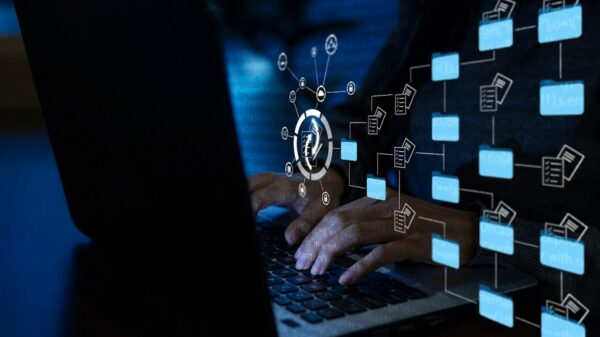The impact of technology on contemporary life is far-reaching, and public safety is no exception. The emergence of modern technology has provided public safety authorities access to cutting-edge equipment and systems that allow them to better prepare for, react to, and recover from disasters. This piece will review the significance of technology in public safety and how it’s changed how police and other first responders do their jobs.
Importance of Technology for Public Safety
Enhanced Situational Awareness
Enhanced situational awareness is one of the most outstanding contributions of technology to public safety. Public safety personnel can now gather and evaluate data in real-time crime centers using cutting-edge technologies like geographic information systems (GIS) and remotely viewed cameras. By having quick access to new data, responders can react to crises with more preparedness. For instance, in the case of a natural catastrophe, real-time information such as exact locations and extent of damages may aid in the prioritization of response activities and the allocation of resources.
Improved Communication
Better communication is another significant advantage of technology in public safety. How law enforcement and emergency personnel relay information to one another and the public has been transformed entirely by modern communication technologies like radios, cell phones, and social networking sites. In times of crisis, when every second counts, the ability to instantly communicate and share updates is invaluable. In addition, state-of-the-art communication systems allow for better incident management by public safety professionals and better information sharing with all parties involved.
Enhanced Emergency Response
Technological advancements have also improved public safety agencies’ reaction times and effectiveness in times of crisis. Emergency personnel can get to a scene swiftly and safely with the support of technology like global positioning systems (GPS) and live traffic monitoring. Drones and robots may assist first responders by performing tasks that are otherwise too risky or difficult for humans. Access to these resources may improve the efficiency and efficacy of emergency response teams and ultimately save more lives.
Improved Prevention & Mitigation
Officials in the public safety sector have also benefited from technological advancements in their capacity to both avoid and respond to crises. For instance, predictive analytics and high-tech monitoring systems may spot developing troubles before they get out of control. Technology, such as fire detection and suppression systems, may also aid in limiting the spread of fire and reducing damage. Public safety authorities can lower the frequency of incidents and lessen their severity if they invest in such preventative technologies.
Increased Efficiency & Cost Savings
Both the efficiency and cost of public safety operations have been enhanced through well-implemented technological advancements. Automated dispatch systems, for example, can help shorten response times for emergency personnel. To further aid in resource allocation and overall effectiveness, digital record-keeping and data analysis technologies may assist public safety authorities in identifying pertinent trends and patterns. Simply put, with new technology, authorities can do their jobs better and cheaper.
Factors to Consider When Implementing New Technology for Public Safety
Privacy
It is important to consider people’s right to privacy while using new technologies for public safety. Citizens’ privacy rights must be respected, and for this reason, the new technology must not be intrusive. Policies should be in place to safeguard private data and limit technology’s use to its intended functions.
Reliability
The technology must always be dependable and fully operational for public safety purposes. Any disruption or failure might have severe repercussions, putting the public’s safety at risk. The technology must be tested extensively before deployment, and a contingency plan should be implemented as well.
Integration
Integration with preexisting systems is essential for the success of any public safety technology. Problems with compatibility may cause holdups, mistakes, and inefficiencies.
Future of a Technology for Public Safety
Virtual Reality (VR) for Training
Virtual reality may be used to teach first responders in a risk-free setting. Responders may hone their skills and make better decisions by practicing with VR simulators.
Wearable Technology for Personal Safety
Wearable technologies like smartwatches and body cams may enhance personal safety for first responders and the general public. In risky scenarios, they may monitor vital signs or pinpoint an individual’s location. The use of this technology may also improve the security and accountability of emergency personnel.
Artificial Intelligence (AI) for Improved Decision Making
Artificial intelligence is among the critical technologies for use in public safety. Responders can make better, more timely judgments on the field with the help of AI-powered technologies. Artificial intelligence can evaluate massive volumes of data from many different sources, helping authorities to make quick, well-informed decisions.
Conclusion
In conclusion, due to continuous technological advancements, public safety operations now have access to many previously unavailable tools. The use of technology has revolutionized every facet of public safety, from increased situational awareness and better communication to more efficient emergency response and crime prevention. Public safety operations are expected to become increasingly more efficient, effective, and responsive to the demands of communities throughout the globe as humans continue to develop and implement groundbreaking technology.
Stephanie Caroline Snyder graduated from The University of Florida in 2018; she majored in Communications with a minor in mass media. Currently, she is an Author and a Freelance Internet Writer, and a Blogger.
















































































































































































